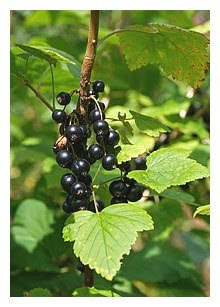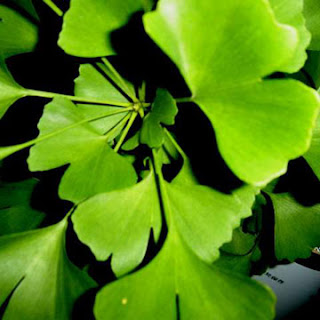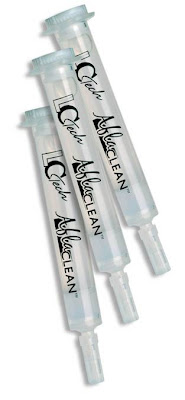The Freestyle™ begins with:
- FREESTYLE™ Basic, which has an XYZ robotic arm for automated liquid handling; dilutions, additions, mixing, extraction, dispensing, and other operations.
- Add the GPC module for GPC processing of up to 4 GPC columns.
- Add to this the SPE module to enable SPE processing.
- Add the EVA module for programmable evaporation and solvent exchange for a completely automated in-line evaporation instrument.
The
FREESTYLE™software is drag and drop to program multiple sample parameters and able to handle exceptions to insert into the workflow. Graphical reporting and full audit logs round out the robust software.The FREESTYLE™ automation of sample clean-up saves time, improves consistency and protects your staff from potentially harmful chemical exposure.
Send us an email or give us a call to find out how FREESTYLE™ can solve your sample clean-up challenges.
Email: sales@pickeringlabs.com
Phone: Toll-free: 800-654-3330, Direct: 650-694-6700












